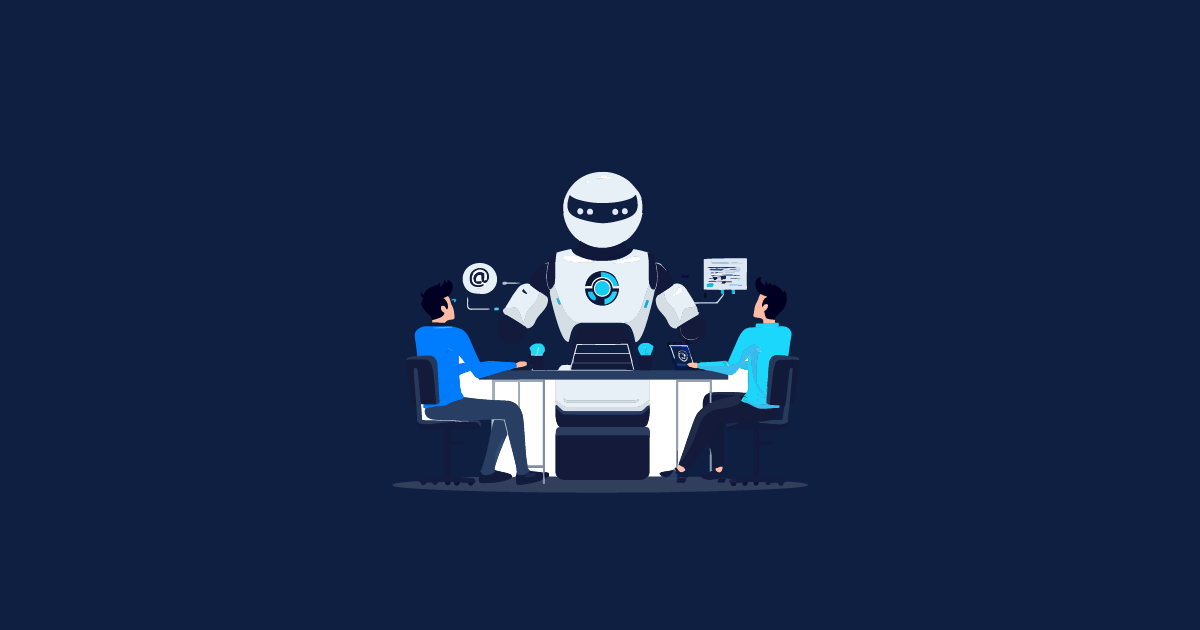AR/VR in retail has become the norm as it helps deliver customers an immersive shopping experience. AR/VR testing in retail will help ensure the best possible customer shopping experience.
People have already begun to use augmented and virtual reality to make the right purchase decisions. This has pushed multiple brands to invest in AR/VR to satisfy their customers demands.
But because these technologies are only in their beginning phase, a lot of testing must be done to ensure that it functions as intended.
AR/VR testing is crucial for retail businesses; not paying enough attention will lead to poor shopping experience and push customers away from your store.
Luckily, we’re here to help you; in this article, you’ll learn more about virtual and augmented reality testing and how to perform it with the help of experts.
What is Augmented Reality & Virtual Reality?
Augmented reality(AR) is a technology that combines computer-generated digital perception and the real world to deliver an immersive and interactive experience to customers.
Virtual reality is an end-to-end immersive technology that allows users to perform actions in a digital world while feeling immersed in the real world. VR simulates our real world in 3-dimension using computer programming.
Popular use cases of AR/VR in retail
Product details
Nike has an AR feature in their store where customers can scan a product using their smartphones, and all the details about the product will be displayed in the real world. Customers can also see the supply chain details and trace the product back to manufacturing.
Product visualization
IKEA has a Place App powered by AR. It enables customers to leverage to place furniture in their houses to see how the product would look in their setting. All this can be done just using the smartphone camera.
VR showroom
Be it a furniture or a luxury car, VR enables you to purchase it right from the comfort of your house. All you need is a VR headset, and the brand will take you on a VR shopping journey through their showroom, where you can see the products and their specifications via the headset and make a purchase.
Virtual perception
Eyeglasses brands are the ones that took AR/VR to the next level with their ‘ ’ feature. Brands like Warby Parker and Lenskart let customers try one frame using their smartphone camera to help them choose the right products.
Why AR/VR testing in retail is essential?
AR/VR are emerging technologies which might still go through changes to make them more stable and consumer-friendly. Leveraging them for commercial purposes is expensive, but it’ll help you stand out from the competition. However, a simple error due to a lack of AR/VR testing will deliver a bad experience to the customers and push them away from your brand. You cannot take those chances, which is why augmented and virtual reality testing is essential. The crux of AR/VR is the immersiveness, and it can’t be tested programmatically.
You need experts to test-run your applications and check for bugs that could disrupt the whole experience. VR blends both the real world and virtual world and brings it to customers through a headset; a bad design could cause serious health issues to the users like headaches, dizziness, temporary visual impairment and more. So, the severity of AR/VR bugs is unlike any other applications. That is why your augmented reality QA testing process should be meticulous, or you’ll affect your reputation.
How to perform AR/VR testing in retail applications
Here we understand the application’s core functionality and how AR/VR can solve the customer’s pain points. Understanding the possible use cases will make it easier for the QA team to derive test cases. Once the test cases are derived, we can start testing the applications against real-world scenarios. Testing must cover every possible scenario, from accessible devices to the environment where the devices will be used. Virtual headsets must undergo a meticulous testing process to ensure that it doesn’t cause physical disruptions to the customers. It is also essential to perform retail app virtual reality testing to ensure that the application can register 2D/3D objects and deliver an immersive experience.
AR/VR in Retail Apps - Testing Types
AR/VR testing comprises multiple types of testing to ensure that it delivers the best customer experience.
Functional testing
Testing whether the application and the headsets perform as per the client’s requirements. The retail app and VR headsets are designed to deliver an immersive experience, so it is crucial to ensure that the software and the hardware are defect-free and provide a smooth user experience.
Usability testing
The main goal of AR/VR is to simplify customer’s efforts and offer a smooth experience. So, the apps must have an intuitive and user-friendly interface so the customers can navigate them easily. Usability testing is done to check the application’s overall user-friendliness and AR/VR feature.
Hardware testing
End-to-End AR/VR testing can happen only if we use external hardware like smartphones and VR headsets. Hardware testing helps to check whether the application can run 2D/3D objects smoothly in multiple devices and if the VR headsets can simulate the physical surroundings without disrupting the customer’s health.
Immersive testing
VR would be redundant if it cannot offer immersiveness, and customers might need external hardware to experience the immersive features. Test the application and its compatibility across multiple hardware devices to help customers get an immersive experience.
Performance testing
AR/VR testing will be incomplete if testers ignore performance testing. AR/VR capable apps will attract high traffic and require high network speed to function correctly. Run the application at high-simulated traffic and multiple network speeds to check the performance limit of the application. This benchmark will help the development team to make additional changes in future upgrades.
Accessibility testing
Headache and motion sickness are customers’ primary concerns before trying out AR and VR. Test the application and ensure that it cannot cause discomfort to the customers before releasing the feature to the market.
QAonCloud - Your AR/VR Application Testing Expert!
Retail companies have started leveraging AR/VR technology to offer their customers a unique VR shopping experience. To stay relevant in the market, every retail store must incorporate AR/VR to avoid losing out to their competition.
But before launching your AR/VR-powered retail applications, you must test them to avoid affecting a customer’s shopping experience. Carrying out virtual and augmented reality testing is not your task as you have a business to run. This is where you can use QAonCloud as your AR/VR testing partner; they possess a strong team of VR experts and resources to help test your retail application and make it AR/VR ready.
Talk to us if you want to test your AR/VR feature and help you provide an immersive shopping experience to your customers.




